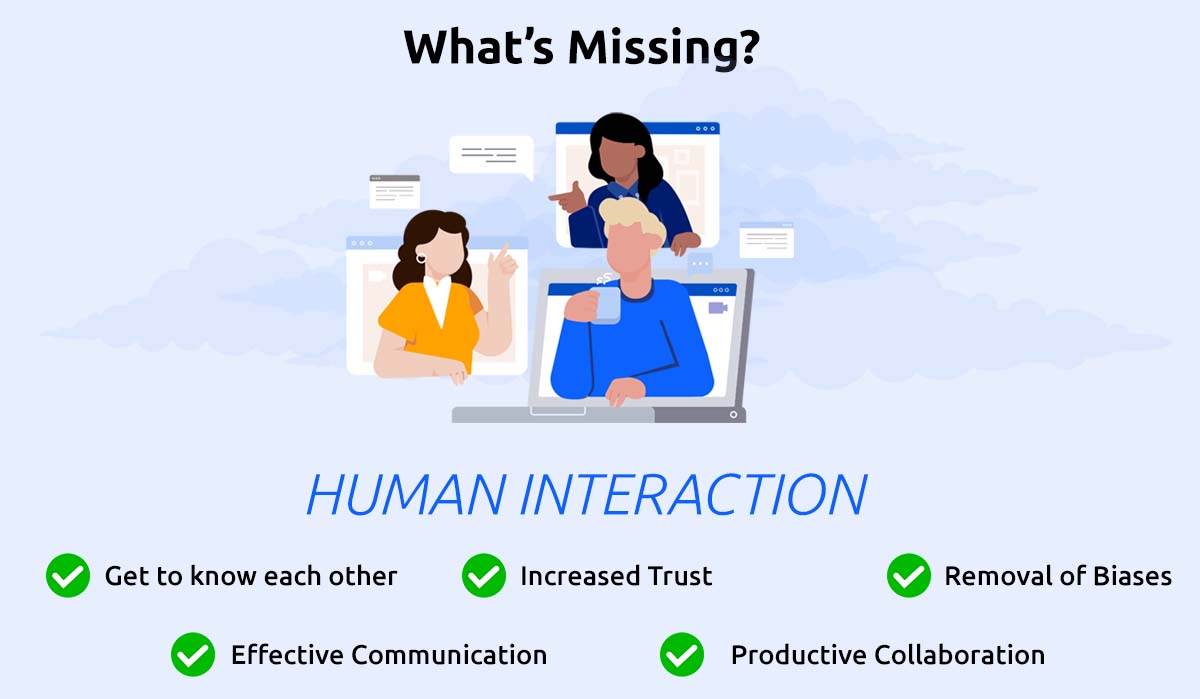
Real-Time Communication (RTC) technology has single-handedly transformed our world into a global society.
In general, RTC is any online communication that happens in real-time. Data is sent directly and instantly from sender to receiver. Today, we typically recognize it as communications that connect users peer-to-peer without any noticeable delays.
RTC has come a long way since the early 1900s with the transcontinental telephone line, revolutionizing the nature of long-distance communication. From this point, there was no turning back and innovations have rapidly scaled with the introduction of high-speed internet, mobile smart devices, video conferencing, and even more. We live in a connected world where people expect to be able to connect from any device at any time.
In the workplace, RTC has increased productivity by helping share the right information with the right people in the most efficient ways. This productivity has dramatically impacted organizations, helping them remain functional and productive as the new fully remote and hybrid work environments are widely adopted.

The COVID-19 global pandemic dramatically underscored the importance of modern RTC tools, which enabled many organizations to remain functional and productive even while accommodating unanticipated and potentially long-term work-from-home requirements.
With live telecommunications and collaboration technology, enterprise users can accomplish shared tasks that they otherwise would have needed to tackle in person in a formal office setting. Thus, RTC has become a necessary part of our fast-paced world.
We are built to communicate face-to-face, and these tools enable us to do so even when we are far apart. Despite the increased communication opportunities provided by technology, there is still something missing in the post-COVID-19 world of hybrid or fully remote work environments.
Why Do People Need to Communicate With Efficiency? What Comes Before the Need for Today’s RTC Technology?
The answer… It's a simple conversation of two people getting to know each other.
Our optimized world has figured out how to get the job done, but we still lack the element before there is a job.
In the past, people built relationships through in-person interactions, learning about the person opposite them. As we are adapting to the new world, organizations are missing such human interactions.
Organizations are retrofitting their current technologies to makeshift the “get to know you conversations” under the lens of culture building.
This is usually in the form of Zoom happy hours… I feel I speak for all of us when I say, “I hope to never be a part of those ever again!” It’s a gesture rooted in good intentions but for the employees, it can feel like a check-the-box activity that feels like extra work.
Organizations cannot force a culture fit, it must be adopted by the individuals of an organization and the best way to build a genuine culture is by helping people to connect in a real way. Help by giving your people a chance can understand each other; not the role, title, or function.
The proper structure and availability of time, around work, where people can get to know each other, creates limitless potential for building a meaningful employee community. There is only so much an organization can do from the top-down. Only so much you can do on increasing pay and benefits.
The best way to build a meaningful community is to provide the space for people to bridge the gap and spark conversations. From there, the people will expand on the culture and make it their own, related to the mission and vision of the organization.

Spark, a Glue Up company, is changing the way people get to know each other. It is the only cloud-based platform where conversations about getting to know each other can scale for an organization. Easy to create and repeat with the focus of making it fun, energizing, and effortless for the people and teams.

![Advantages Of Paperless Board Meetings [+ Tips] Advantages Of Paperless Board Meetings [+ Tips]](/sites/default/files/styles/all_blogs_block_img_384x192/public/image_1578.png?itok=Ah-vnnvq)
![PayPal for Nonprofits: A Guide to Accepting Donations and Managing Your Money [with alternatives] PayPal for Nonprofits: A Guide to Accepting Donations and Managing Your Money [with alternatives]](/sites/default/files/styles/all_blogs_block_img_384x192/public/image_1807.png?itok=ujDAsFNj)
![A Complete 17-Step Guide to a Successful Capital Campaign [with Benefits, Risks, and Examples] A Complete 17-Step Guide to a Successful Capital Campaign [with Benefits, Risks, and Examples]](/sites/default/files/styles/all_blogs_block_img_384x192/public/image_1597.png?itok=lYn6rpos)